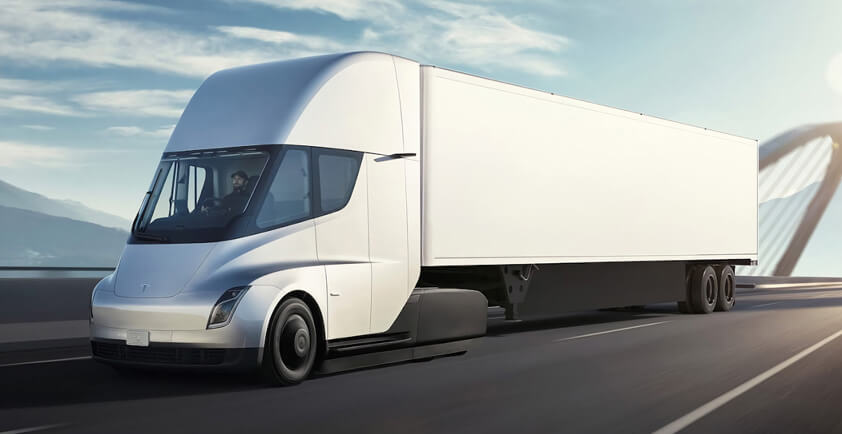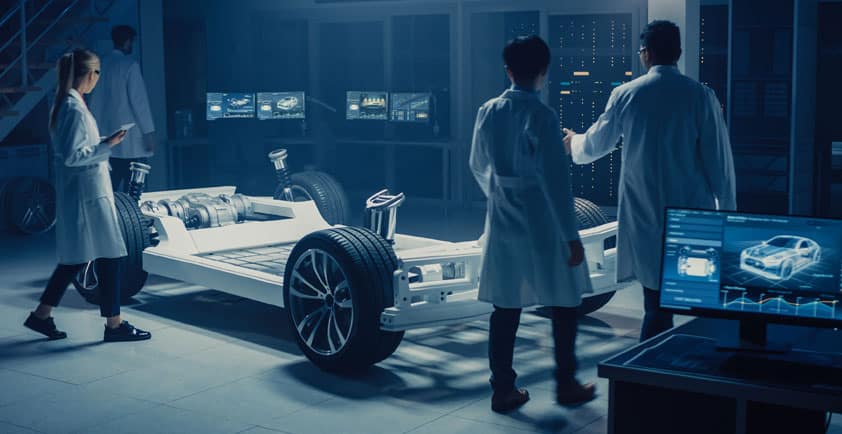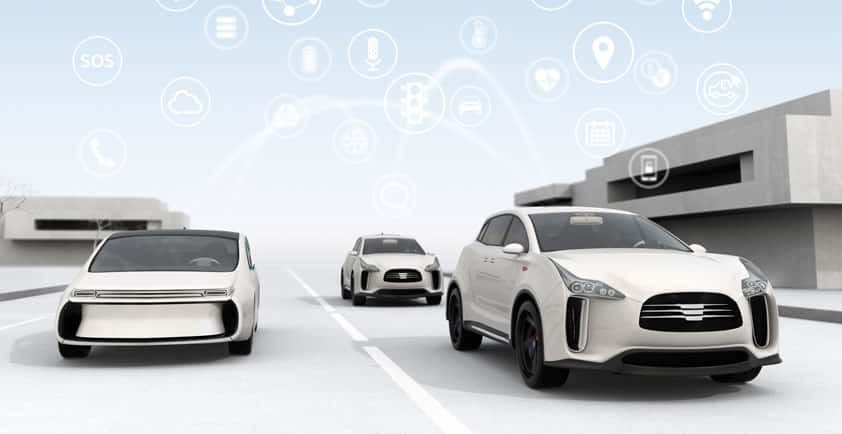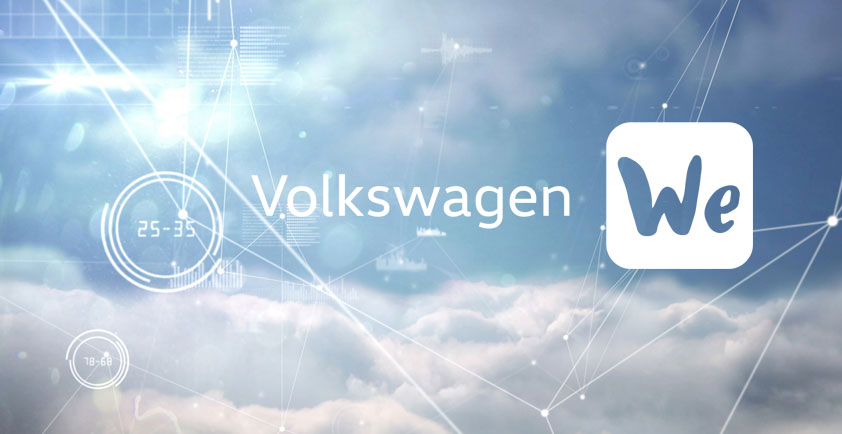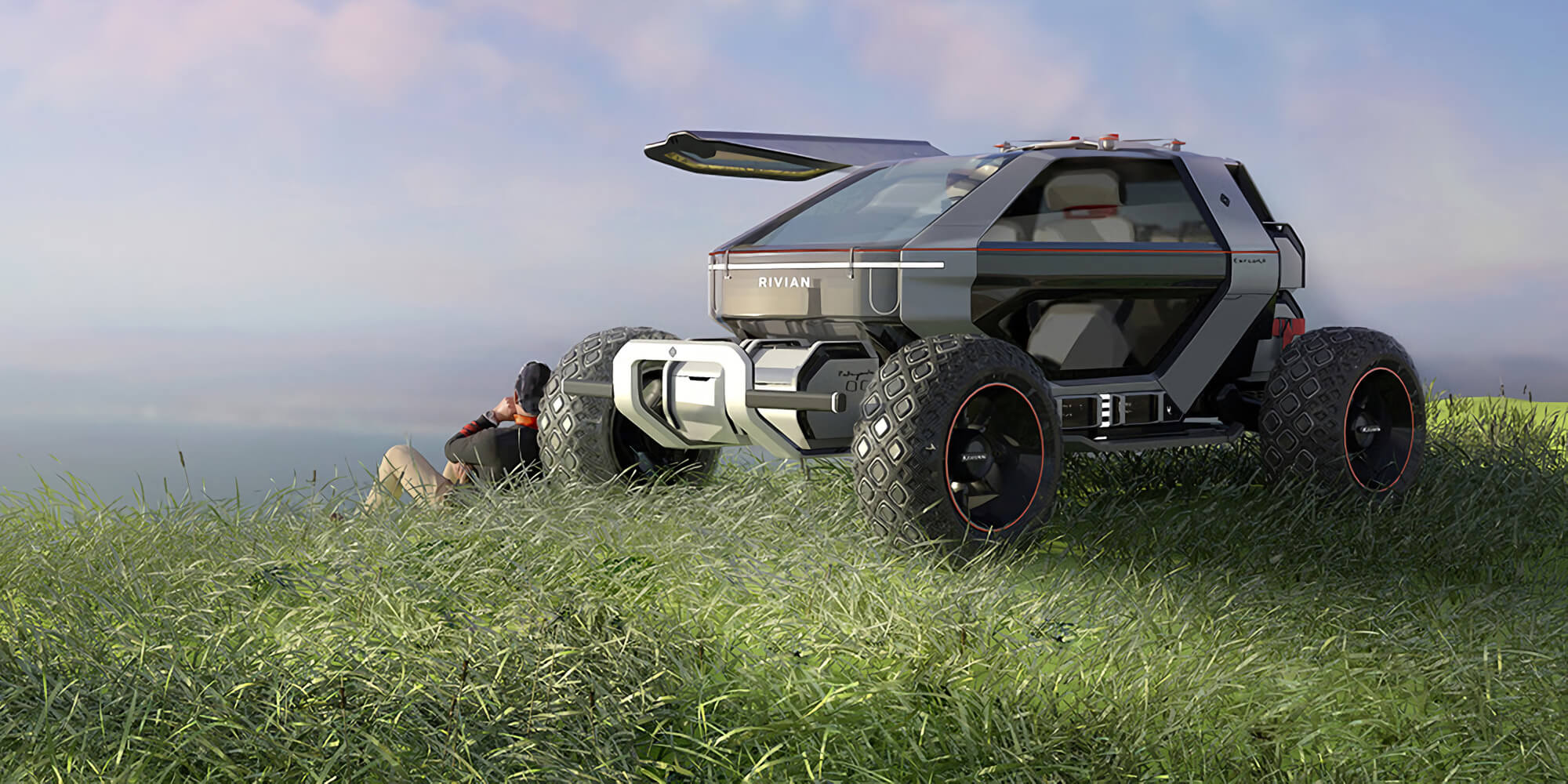
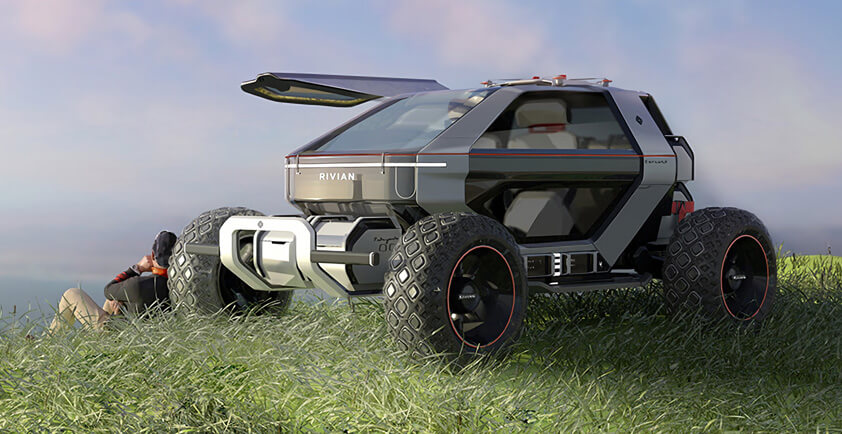
FOUR WAYS TO DIGITALLY TRANSFORM YOUR DEVELOPMENT LIFECYCLE THROUGH AUTOMOTIVE ENGINEERING
>> Creating next-gen sustainable automobiles is possible, but you’ll need to embrace digital transformation to make it a reality
Sustainability is a business imperative. Climate change, dwindling natural resources, and ever-increasing demands on our energy supply mandate and transform the way we operate. These forces are disrupting business operations and supply chains in unexpected ways, compelling the automotive industry to fundamentally rethink the way they function. As you read in part one of this blog series, the next generation sustainable automobile is becoming a reality, but not without auto manufacturers undertaking a huge digital transformation. The industry has reached a tipping point where traditional product design solutions, and systems, software, and electrical engineering methods can no longer manage the requirements for the complexity of sustainable automobiles. In this post, we’ll discuss four areas ripe for digital transformation and how automotive engineering is helping fuel this transformation.
1. Strategic Reuse of Software in Automotive Engineering: Consider reusability in automotive engineering software: this is a significant area of investment for automotive OEMs and suppliers. And there are excellent examples of reusable architectures/platforms throughout the industry, mostly related to mechanical platforms, such as Volkswagen’s MQB Platform. However, reuse in electrical engineering (EE) and software engineering is a different beast. It is not about common software bill of materials (BoMs) but about enabling complete engineering artifacts across programs globally. This includes the full lifecycle of software artifacts, from requirements to systems and software models to test plans, cases and results. It is also a major transformation for most businesses and requires them to engineer with reuse and variability in mind. For example, procurement of a cruise control switch requires the software to support a 5-volt and 12-volt control system, along with a sliding switch on the column, as well as a momentary switch on the steering wheel.
2. Automotive compliance and traceability: There are multiple compliance and regulatory standards that automotive manufacturers must meet across safety and cyber standards such as ISO26262 and ISO21434, as well as process standards such as ASPICE. A common requirement in these standards is full traceability of the entire design process — from requirements to architecture, from models to test plans, and finally to test results. This is a daunting task and too often compliance teams try to document these requirements in spreadsheets and diagrams. IBM Engineering Lifecycle Management tools enable this required traceability, even across engineering domains. In addition, IBM has built ASPICE and leading compliance processes into our tools, allowing engineers to establish compliance as part of doing their normal engineering work. Dr. Bernhard Rieger, PMT Head and Head of Quality and Processes at Continental Chassis & Safety, says about the IBM Engineering Lifecycle Management platform, "The shift towards autonomous, connected, electrified, and shared vehicles have a major impact on our business. In order to meet these changing requirements, we are working with IBM to reinvent the way we develop and deploy products."
3. Agile software development and SAFe: As the industry moves to the next-generation of sustainable automobiles and transforms vehicles to a true software defined vehicle, many will find that old waterfall processes will be inadequate for the task. However, many programs have experienced significant issues when trying to adopt agile practices like Scaled Agile Framework (SAFe). Even though the automotive industry has trained tens of thousands of engineers on SAFe in the past years, there are many more examples of failed transformations than successful ones. To address this issue IBM has mapped ASPICE processes and work products fully into SAFe process steps. This allows the business to have much greater confidence that software will be delivered on time as IBM’s SAFe / ASPICE implementation marries the standard agile process to program milestones.
4. Seamless product development lifecycle: To successfully compete in developing the next generation of vehicles, manufacturers will need to adopt a seamless development lifecycle. This development lifecycle has to provide full transparency and complete traceability across the functional areas of mechanical, electrical, and software development. The lifecycle must enable change management as well as reusability through versioning and variants, and it must support integrating compliance and regulatory standards into the day-to-day development processes ensuring you can address any inquires, audits and reporting requests. Your software and systems development teams not only need the best tools for requirements, test and workflow management, as well as software design – they need a digital foundation that enables these tools to work in concert. Ask yourself, what good is having a requirements management tool if it does not work seamlessly with your test management tool? How do you successfully manage change requests, test failures, or effectively communicate across all your stakeholders? A digital foundation will help optimize the development process, providing your development teams the additional bandwidth to build vehicles for today and tomorrow. IBM’s digital foundation provides connectivity between your tools so that your development team not only has traceability between and across your tools, dashboards and reports that reflect your entire development lifecycle, but it also helps future-proof your development environment as new tools become available.
IBM Engineering Lifecycle Management
IBM Engineering Lifecycle Management represents a full systems and software engineering lifecycle solution, which provides a digital foundation for managing your development environment. IBM provides industry leading tools for requirements, systems and software modeling, workflow and test – and all these tools integrate across this digital foundation. And this is a digital foundation that is open, supporting the open standard, OSLC (Open Services for Lifecycle Collaboration), which means that you can leverage your third-party tool (e.g. Jira, Git, Jenkin) investment across this digital foundation.
Author - Brett Hillhouse, IBM Global Industry Leader - Automotive, AI Solutions
